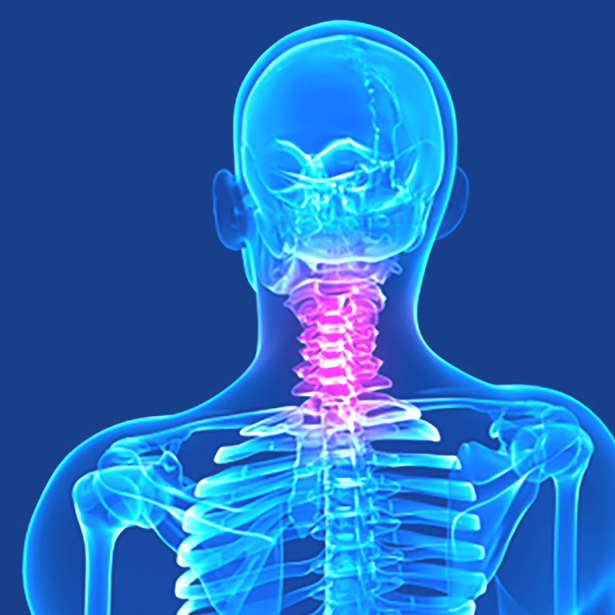
Our treatments provide pain relief for many varing conditions, including
Subluxation – Dislocated vertabrea often causing trapped/pinched nerves.
Osteoarthritis in the Lumbar Spine – Arthritis symptoms in the vertebrae
Postural Syndrome – Pain caused by poor posture
Cervical Facet Irritation – Irritations between the vertebrae
Cervical Facet Syndrome – Widespread pain around the neck, shoulders and upper back.
Osteoarthritis in the Lumbar Spine
Almost every movement you perform involves your joints. Walking, running, typing, and lifting are just a few of the common things people do that would be impossible without joints. To prevent our bones from wearing down during these movements, our joints rely on cartilage, a spongy tissue that helps to cushion the friction between connecting bones. Without it, everyday activities would be painful.
What is Osteoarthritis?
Osteoarthritis is a degenerative joint disease that causes this cartilage to break down and become rough and flaky, making movement in the affected area difficult. Osteoarthritis usually occurs in weight-bearing joints, like the hips or the knees, which support the body. However, any joint can become affected. In fact, Osteoarthritis can occur in several joints at the same time. It’s possible, for example, to have pain in one knee and not the other, and at the same time have pain in the shoulder or the ankle.
What are the symptoms of Osteoarthritis?
Patients with Osteoarthritis often report having mild pain, morning stiffness and limited movement in the affected joint. The pain tends to come in bouts, with particularly painful periods followed by periods of relief. Patients usually report the most discomfort at night and after extensive use of the affected joint. Some patients also complain of a complete loss of motion in certain areas, although this is rare.
What are the causes of Osteoarthritis?
No one knows for sure what causes Osteoarthritis , but age and obesity seem to play a role. Almost everyone experiences some changes in their joints by the age of 40, and although few people show any symptoms, Osteoarthritis occurs most often in those who are middle-aged and older. Obesity also increases the risk of becoming affected as extra weight puts more stress on joints.
What are the treatments for Osteoarthritis?
While there’s no cure for Osteoarthritis, your healthcare practitioner can implement a management plan that prevents its progression, promotes joint health and provides pain relief. By seeing your healthcare practitioner and adopting lifestyle changes, you can reduce the condition’s debilitating effects. Treatments, such as chiropractic adjustments or spinal decompression will assist with pain relief and pain management.
